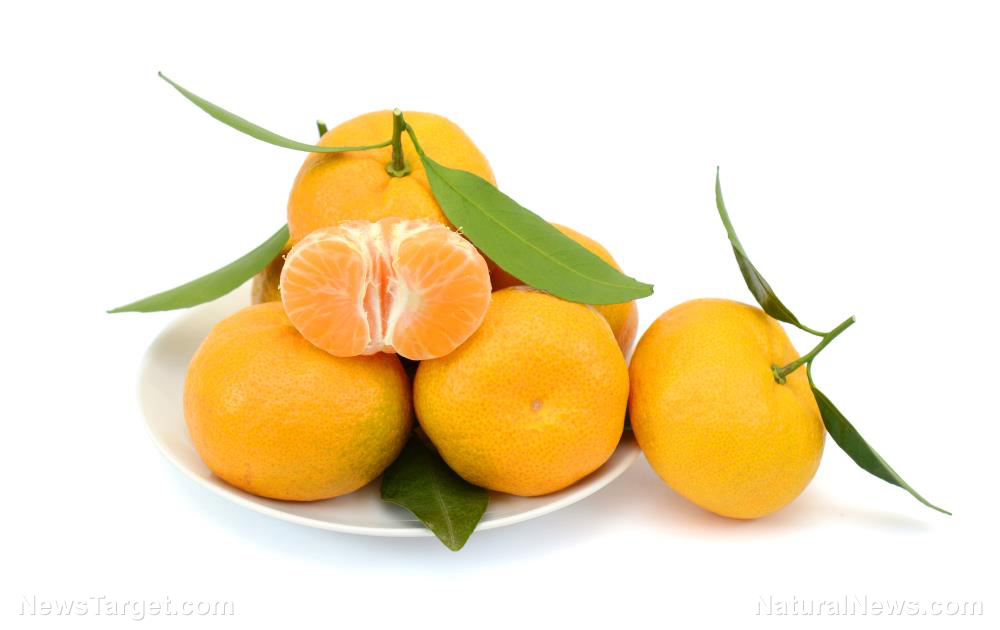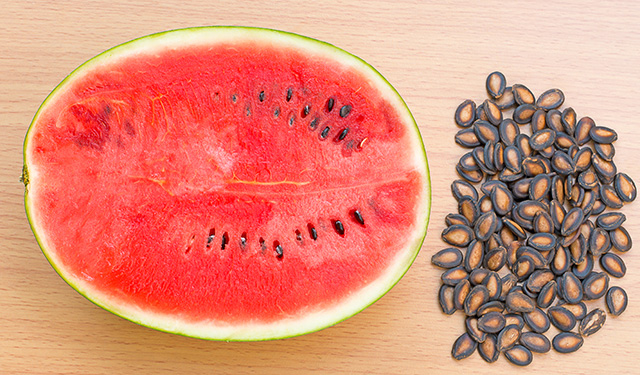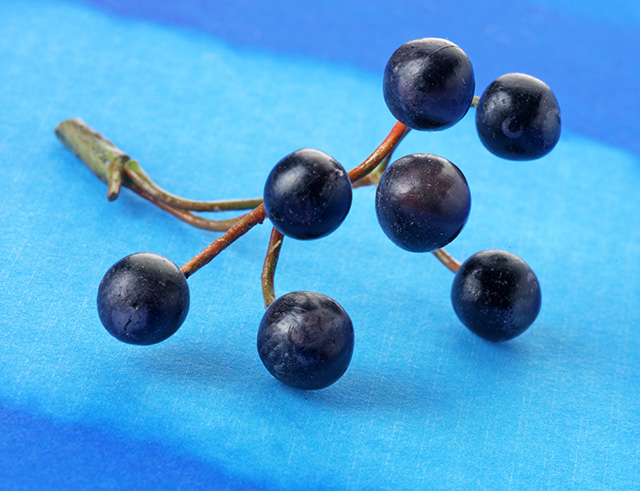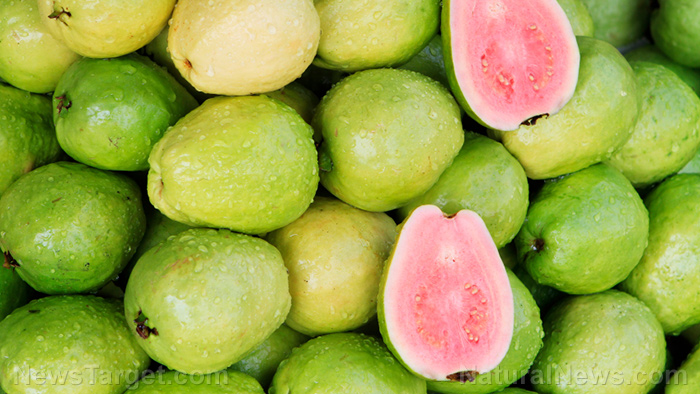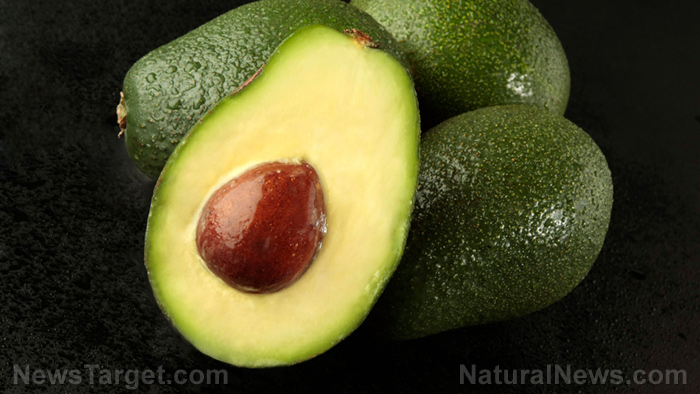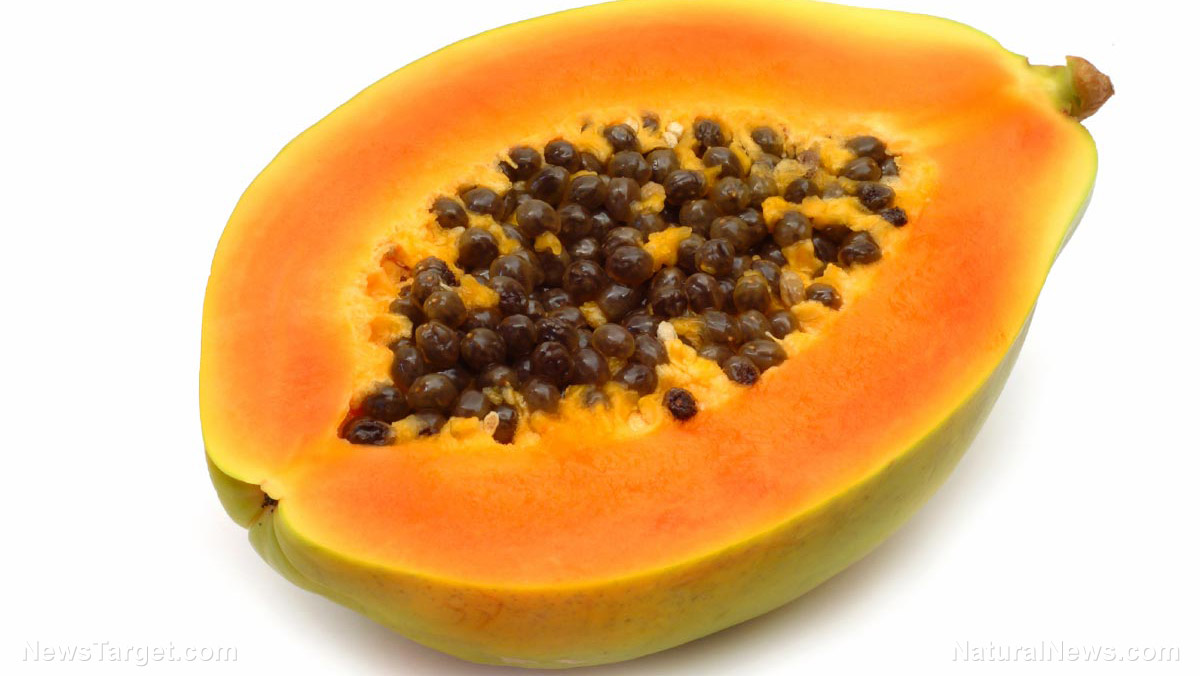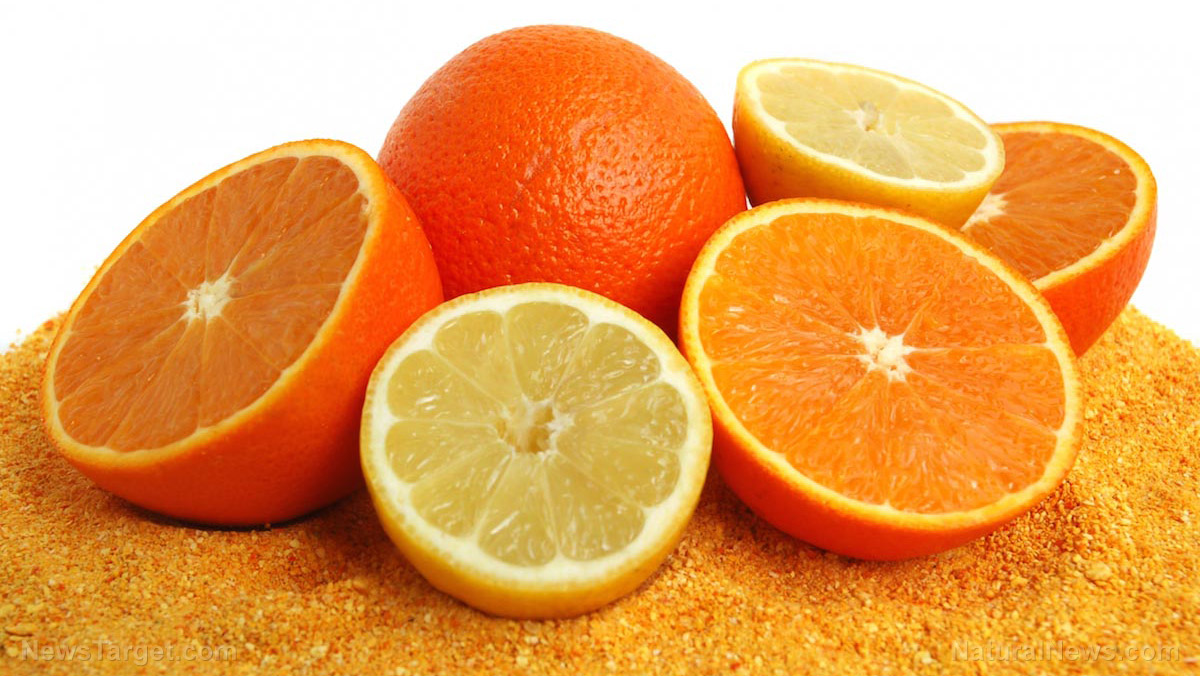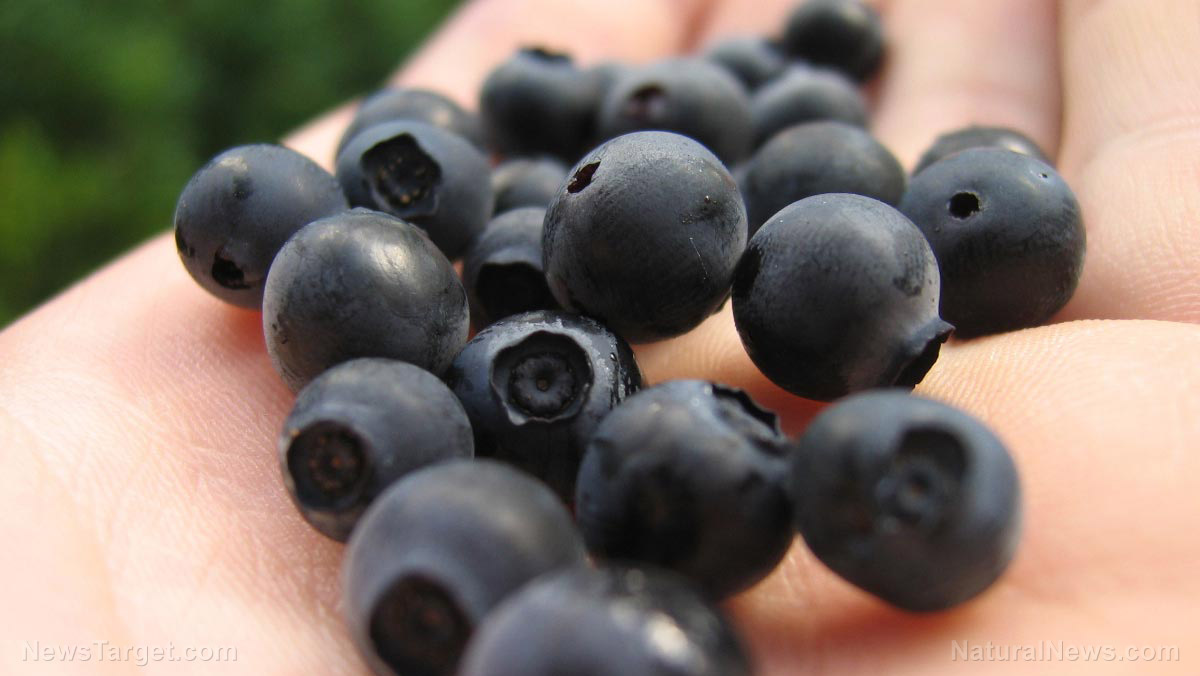Prickly Pear – sources, health benefits, nutrients, uses and constituents at NaturalPedia.com
06/14/2017 / By Tim Wesley

Prickly pears are interesting because they grow on the edge of spiny leaves of their tree, which are considered among the hardest lowland cacti on the planet. The outer skin has thorns, hence the name. The fruits are oval-shaped and come in various colors — from light green to yellow, orange, red, and pink.
These are low-calorie fruits that have abundant levels of saturated fat. They are cholesterol-free and are excellent sources of dietary fiber and antioxidants.
List of known nutrients
- Betaine
- Calcium
- Choline
- Copper
- Folate
- Iron
- Magnesium
- Niacin
- Pantothenic acid
- Phosphorus
- Potassium
- Riboflavin
- Selenium
- Sodium
- Thiamin
- Vitamin A
- Vitamin B12
- Vitamin C
- Vitamin D
- Vitamin E
- Vitamin K
- Zinc
Medicinal uses for prickly pears
Prickly pears can be effective in preventing diabetes because of its dietary fiber content. One medium-sized pear (around 103 grams) can offer four grams of dietary fiber, enough to supply 16 percent of the recommended daily allowance (RDA) imposed by the U.S. Department of Agriculture (USDA). One pear contains both soluble and insoluble fiber that help regulate blood cholesterol levels and lower the risk of colon cancer and other digestive problems.
Vitamin C plays an important role in various body functions, like keeping the immunity system strong. Prickly pears are rich in this vitamin, with one medium-sized fruit providing around 25 percent of your RDA. The same vitamin C content helps make bone stronger and stops cell damage caused by free radicals so your chances of acquiring cancer, heart disease, hypertension, and osteoporosis are significantly reduced.
The significant levels of potassium help lower blood pressure. They also strengthen the endothelial walls of blood vessels, which is vital in preventing atherosclerosis, coronary heart disease and strokes.
You’ll find a huge amount of flavonoids in prickly pears. These act as antioxidants that prevent cell damage caused by free radicals. Consequently, it keeps the body from developing cancer. Studies have proven that people who included antioxidants in their diets can significantly reduce their risk of cancer and Alzheimer’s.
Similarly, prickly pears are rich in calcium, which provides six percent of our RDA. This helps boost bone and teeth strength. In addition, it’s also needed to ensure cardiovascular health. The nervous and muscular systems can’t work properly when the body lacks calcium. Calcium does more for the body than the aforementioned. With the right amount, you’ll be able to have lesser risks of macular degeneration and improve your vision.
Body systems supported by prickly pears
The nutrients found in these fruits help keep teeth strong by fighting periodontal diseases. They also assist in providing relief from arthritis, gout, and muscle strain.
They’re good for the heart as well. Potassium helps keep blood vessels strong so you’re safe from atherosclerosis and other heart problems. Moreover, prickly pears possess potent anti-cancer properties and essential antioxidants that can keep the brain healthy and safe from Alzheimer’s and dementia.
These spiny fruits will improve your digestive tract. Prickly pears relieve constipation and reduces bloating. You’re also less likely to experience gastrointestinal issues like gastric ulcers and colon cancer.
Ways to enjoy prickly pears
Aside from eating them raw, prickly pears can be made into jellies, jams, candies, and even alcoholic beverages. You can also turn them into syrup or add them on salads, sorbets, and even lemon bars. Here are some cool prickly pear recipes you can try at home.
Where to learn more
- Prickly pear: Discover the healing power of an ancient Aztec superfood
- How to make prickly pear cactus fruit juice for FREE
- In praise of the prickly pear: Let thy food be thy medicine
- Prickly pear farmer demonstrates how to grow food without noxious pesticides
- Nopal cactus (prickly pear) is rich in antioxidants, plus it helps normalize cholesterol and blood glucose
Summary
Prickly pears eliminate inflammation from the body.
Prickly pears promote healthy cells by eliminating free radicals.
Prickly pears prevent cancer, atherosclerosis, and other heart diseases.
Prickly pears reduce the risk of dementia and Alzheimer’s disease.
Prickly pears are great for digestion.
Prickly pears boost the immune system.
Sources include:
Tagged Under: Prickly pear





